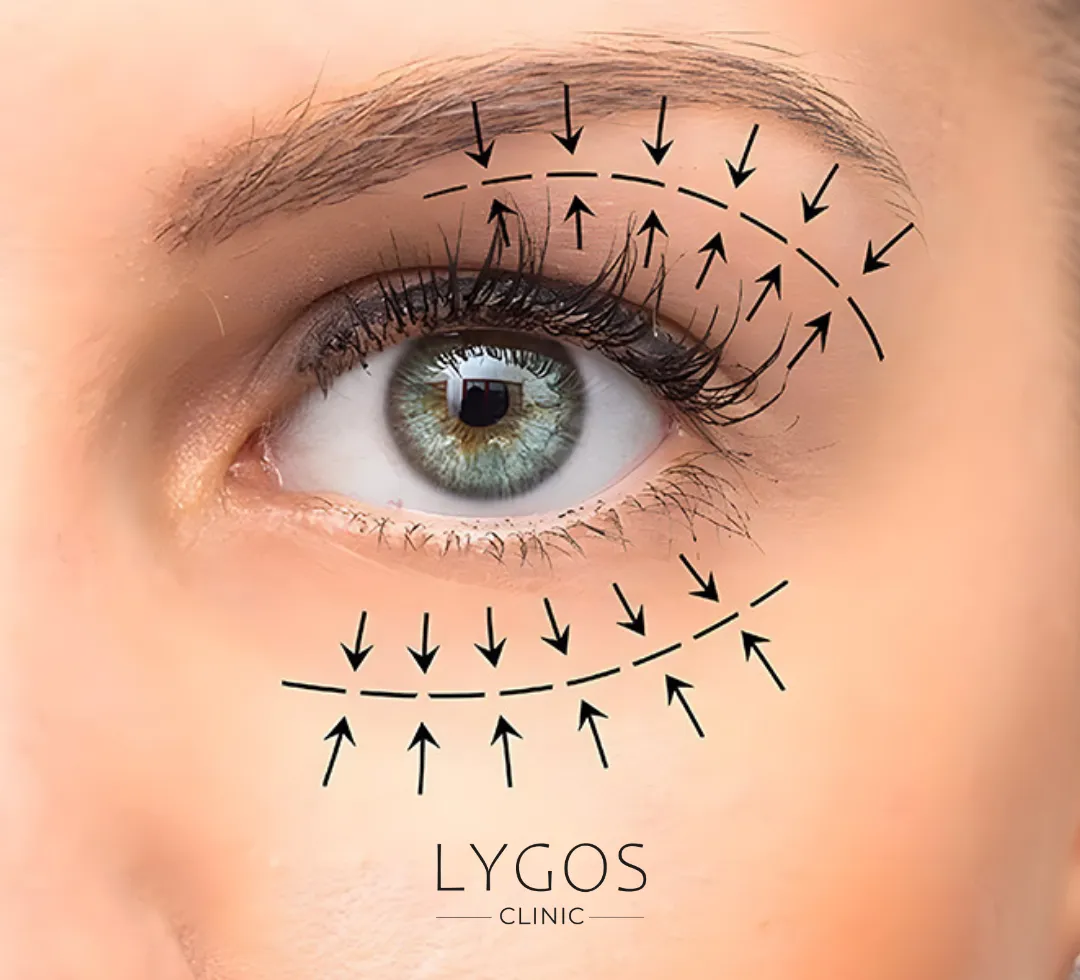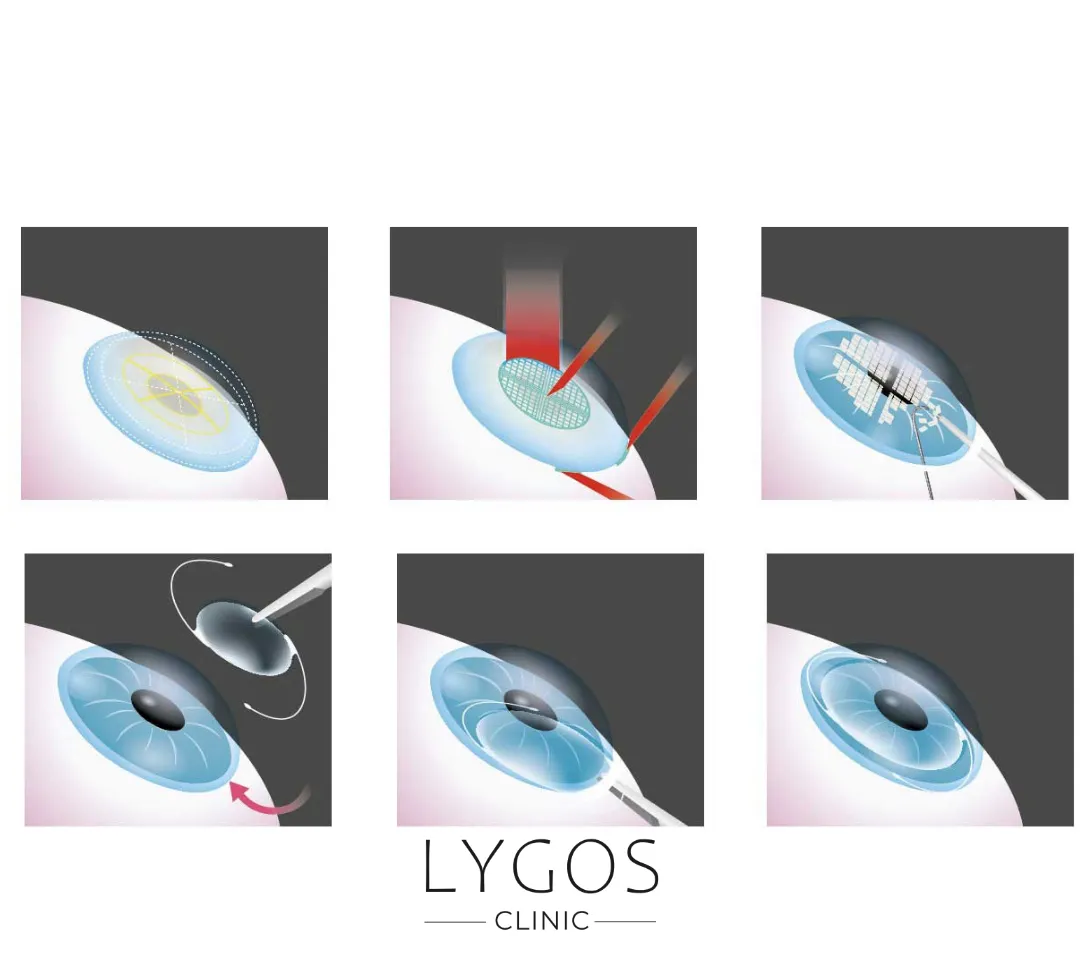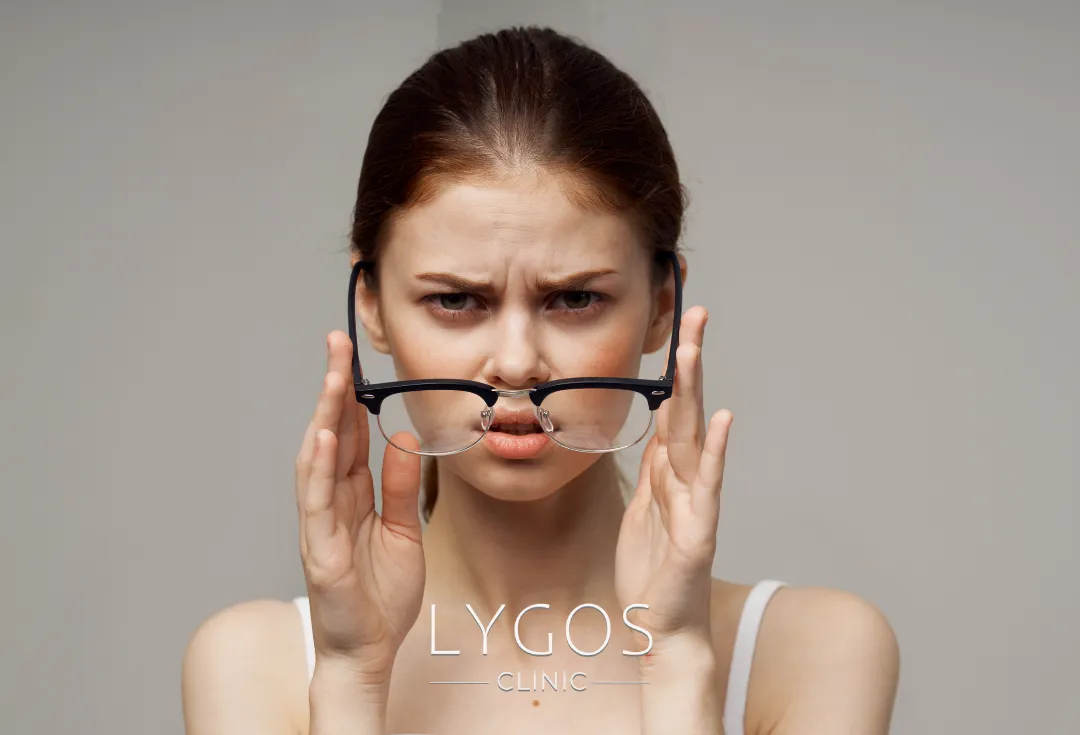What is Hyperopia?
These cells complete the vision process by transmitting the image to the brain via nerve cells. In hyperopia, light follows a different path. The angle of refraction of light changes and focuses at a point behind the retina instead of on it. Therefore, objects at close range cannot be seen clearly. Hyperopia can be caused by a variety of reasons in the eye structure. However, treatment options such as glasses, contact lenses or surgery are available to manage the effects of this condition.
Get Free Consultation
Chose Your Topic

What are the Symptoms of Hyperopia?
Symptoms of hyperopia are usually characterized by blurred vision of nearby objects. This can cause the person to squint and feel burning or pain in the eyes. Tasks that require prolonged close distancing, such as reading, writing, using a computer or drawing, can cause pain in the eyes and head.
Frequent blinking, redness and tearing can also be symptoms of hyperopia. Adults usually notice these symptoms of hyperopia in a short time. However, it may take time to notice the symptoms in children. For this reason, it is very important for children to have regular eye examinations. Untreated high-grade hyperopia can lead to lazy eye in children. This can lead to permanent impairment of vision.
Recognizing the signs of hyperopia early and starting appropriate treatment can help maintain healthy vision for both children and adults.
How is Hyperopia Treated?
The main goal of hyperopia treatment is to enable the eye to refract light correctly and focus it on the front surface of the retina. The treatment methods used for this purpose can be categorized under three main headings: glasses, contact lenses and surgical intervention.
Eyeglasses, the most common treatment method, is a highly effective solution for hyperopia. Glasses use convex lenses that increase the refractive power of the eye. These special lenses ensure that the incoming light is focused on the correct point of the retina, eliminating the visual impairment. Another preferred method in the treatment of hyperopia is contact lenses.
Progressive multifocal lenses and contact lenses can be used to see both near and far distances clearly with presbyopia, especially in individuals over the age of 40. These lenses provide clear vision at various distances by offering different focal points. Surgical intervention may be the most suitable option for those seeking a permanent solution. Surgical treatment is performed with laser or intraocular lenses, which are widely used all over the world.
Refractive surgery aims to correct vision by reshaping the cornea, or the front surface of the eye. Laser treatment is a popular method of correcting hyperopia and can be performed with a variety of techniques. One of these techniques is LASIK. In this procedure, a thin layer is removed from the upper surface of the cornea and an excimer laser is applied to the lower layer. This painless procedure aims to correct refractive errors in the eye. In cases where the cornea is thin, only the epithelial layer is removed without removing the corneal surface and laser is applied with the LASEK method.
Another option is to remove the epithelium and apply the excimer laser called PRK. Nowadays, with advanced technology laser systems, treatment can be performed without removing the epithelial layer. If these treatment methods are not suitable, hyperopia can be corrected by changing the intraocular lenses or implanting an additional lens in the eye (trifocal intraocular lens or phakic intraocular contact lens). These various treatment options offer different ways of providing clear vision to individuals with hyperopia, and successful results are achieved by choosing the method that best suits the individual's needs and eye structure.
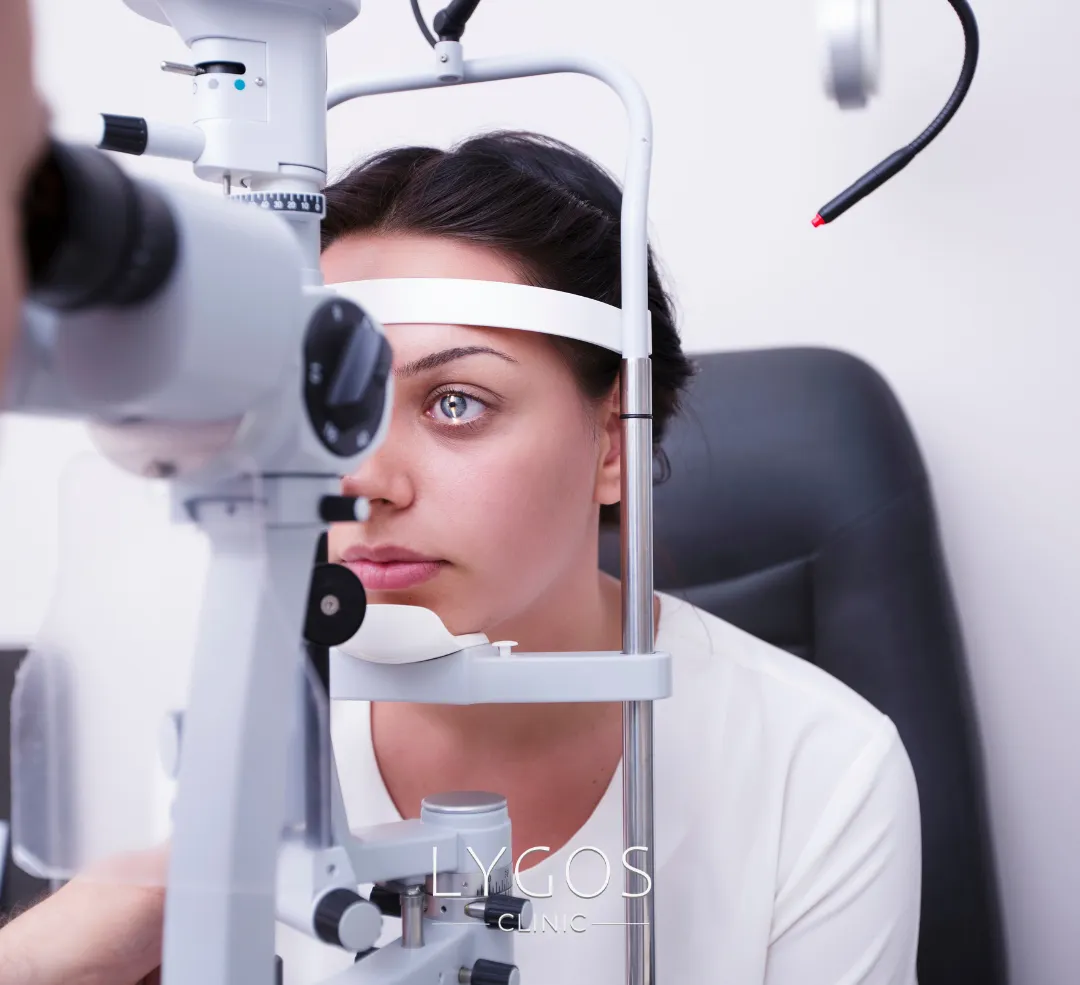

Hyperopia Treatment in Babies
Babies are usually born with mild hyperopia because their eyes are not yet fully developed. Over time, this corrects itself in most babies. However, in some babies, hyperopia can be permanent and, if left untreated, can lead to serious eye problems such as lazy eye (amblyopia) and strabismus. Therefore, it is important to consult a specialist and ask about the treatment of hyperopia in infants.
In childhood and adolescence, distance vision is usually not a problem as the eye has a high adaptability. They can even see objects at close range clearly. However, with age, especially after the age of 40, the elasticity of the natural lens in the eye decreases. This causes hyperopia to significantly affect both distance and near vision. Because the natural lens is no longer elastic, the ability to zoom in the eye is reduced, leading to problems with clear vision.
For the early detection of lazy eye, it is vital that children, especially between the ages of 6 months and 7 years, undergo regular eye examinations. In these examinations, drops are used, if necessary, to eliminate the eye's ability to accommodation. Thus, true hyperopia values can be determined. Especially in young children, those with slipping problems and those with more hypermetropia in one eye, drop examinations may be necessary. Early diagnosis and correct treatment play a critical role in the healthy visual development of children.
Hyperopia Laser Treatment
LASIK, popularly known as "eye correction", cannot be applied to every patient. This procedure is generally suitable for individuals who have reached the age of 18 and whose eye number has not changed in the last year. The applicability of LASIK is determined by a detailed eye examination. Before surgery, the thickness, curvature and biomechanical strength of the corneal tissue are evaluated. Possible obstacles such as keratoconus, cataracts, severe dry eye are investigated. Factors such as strabismus and retinal problems are also taken into account. LASIK can be performed on patients below number 6 for hyperopia. Postoperative recovery is usually fast and there is less discomfort than with other corneal surgeries.
Hyperopia Myopia Astigmatism
The difference in refractive power in the eye between the axes leads to astigmatism. If the refractive power is insufficient in one axis, this is called hyperopic astigmatism. Excessive refractive power causes myopic astigmatism.
While myopic people cannot see objects at a distance clearly, objects at close range appear blurred for hyperopic people. In people with astigmatism, images at both near and far distances are equally blurred and distorted. This is caused by the different refraction of light in different axes of the eye, making it difficult to obtain a clear image.

Hyperopia Glasses Wearers

Hyperopia Surgery Costs
Major advances in hyperopia surgery options in recent years have enabled patients to be treated more quickly and effectively. Therefore, there are several factors that determine the hyperopia surgery costs. The location and equipment of the health institution where the operation will be performed, the experience of the surgeon and his team, and the quality of the materials used are among these factors.
Before the hyperopia surgery, it is important that the patient undergoes a detailed examination and the most appropriate treatment method is determined. Without completing this process, it is not possible to give clear information about the hyperopia surgery costs. You can get detailed information about hyperopia surgery costs and other questions by contacting us.
Get a quote for Hyperopia Surgery
Frequently Asked Questions About Hyperopia
BLOG
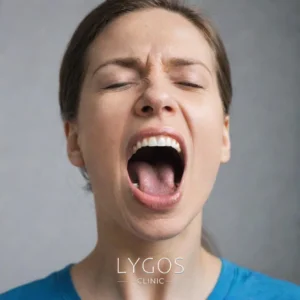
Is Breathing Through the Mouth Harmful?
Chose Your Topic Is Breathing Through the Mouth Harmful? Breathing is one of the most fundamental needs of life. However,

Does Rice Water Make Hair Grow? | Benefits of Rice Water
Chose Your Topic Does Rice Water Make Hair Grow? Natural methods in hair care have become quite popular in recent

Breast Lump | Types: Benign, Malign and Causes | LYGOS 2025
Breast Lump While cancer stands out as one of the most common health problems today, early diagnosis rates are also

